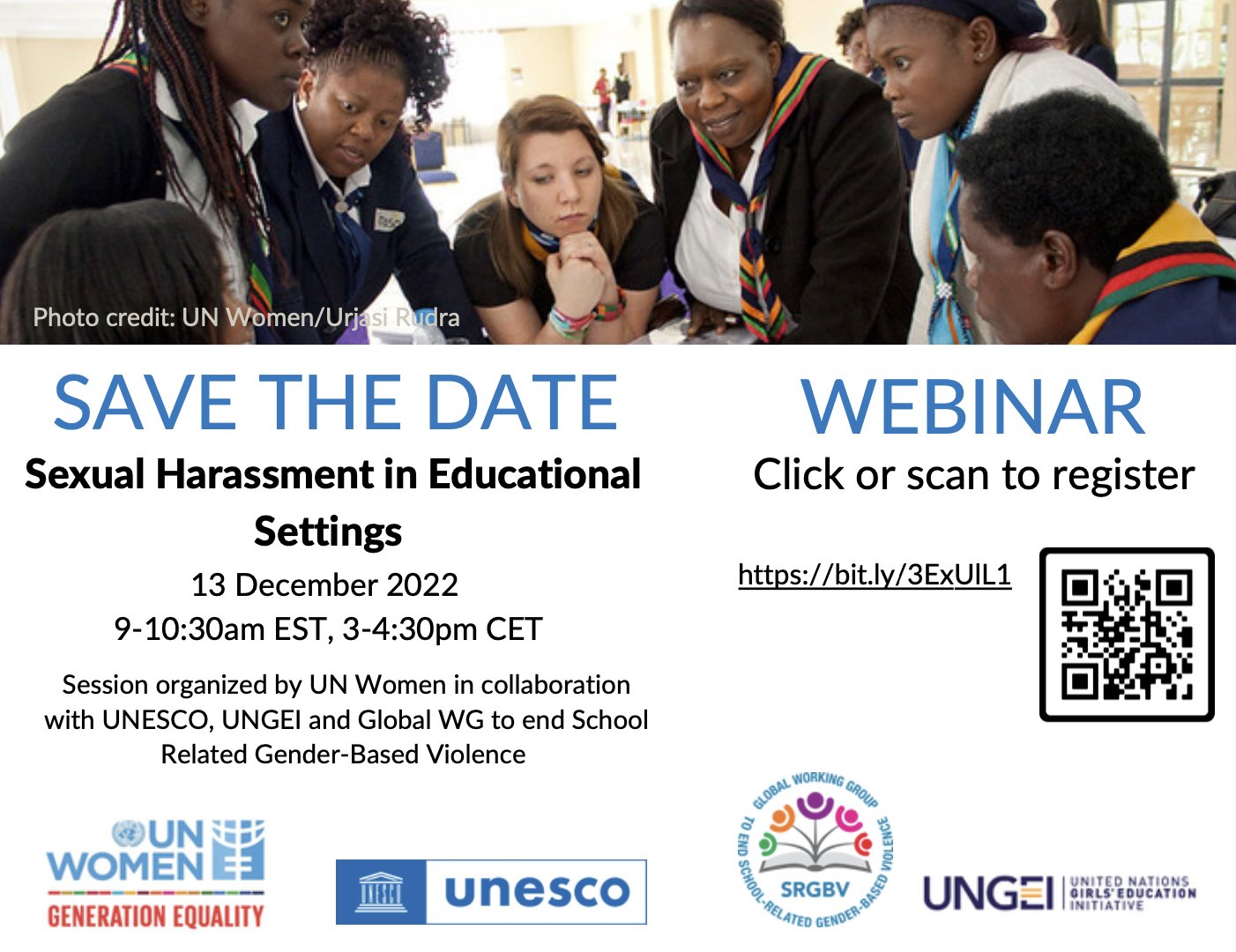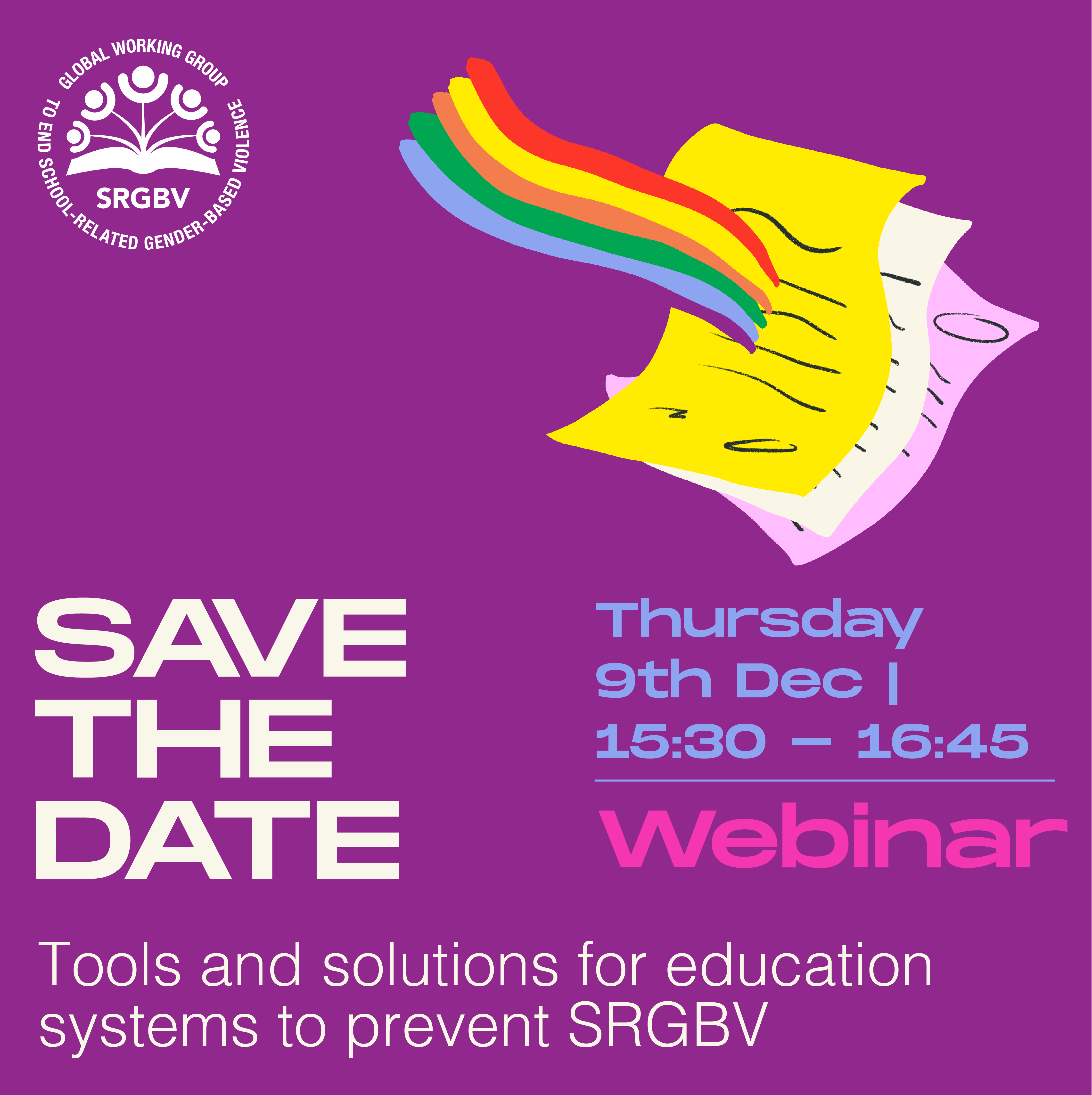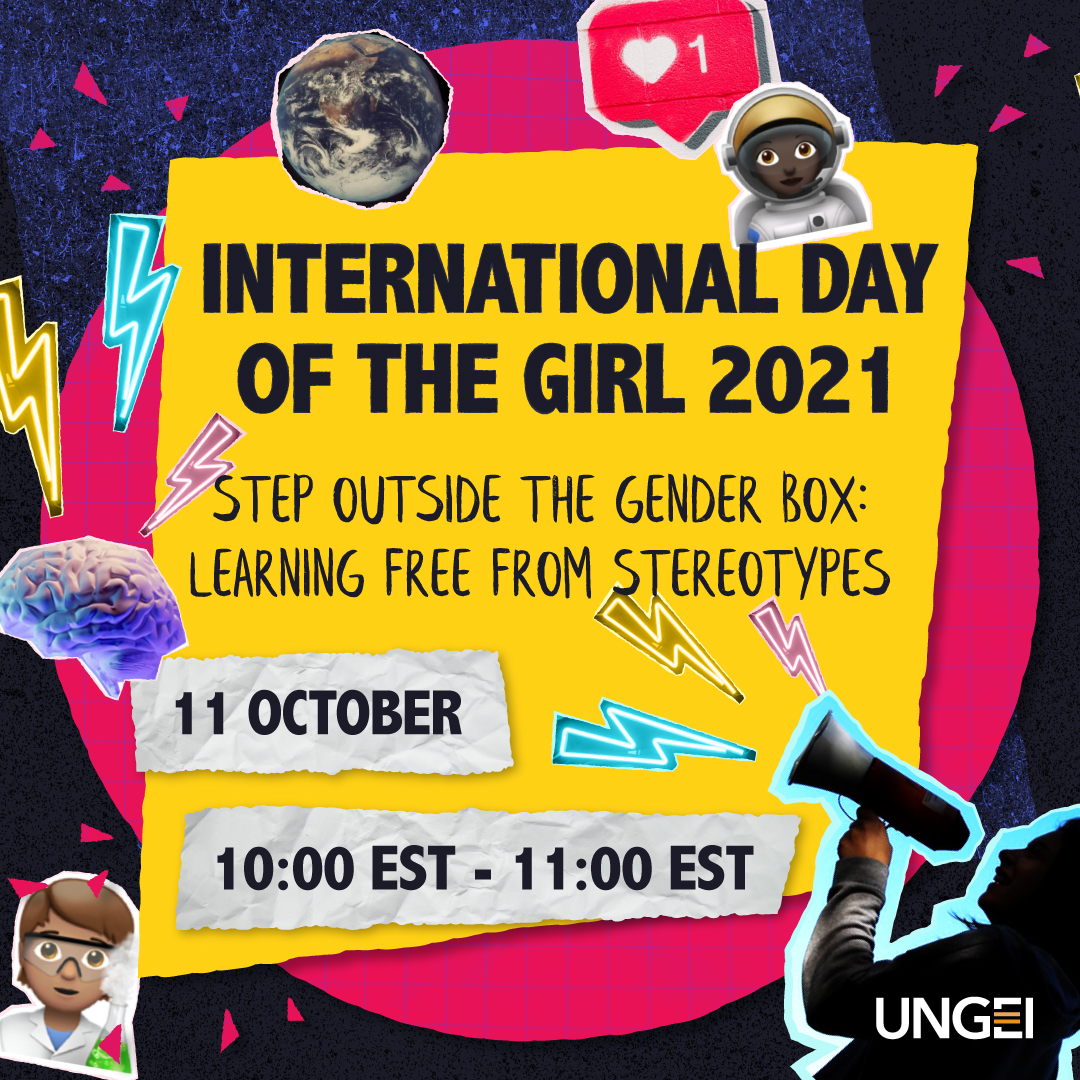The UN Secretary-General, António Guterres, said at the Transforming Education Summit “Schools of the future need to be more inclusive, safe, healthy and stimulating…Violence, harassment, and bullying are all too commonplace. All of this undermines our collective effort to build tolerant and inclusive societies, in which we learn to respect and appreciate our cultural and human diversity.”
It is within this context that UNESCO, on the 2022 International Day against Violence and Bullying at School including Cyberbullying, is releasing new data on the role of teachers in making schools safe for all learners. The findings are drawn from a global online survey with responses from 147 countries and discussions with teachers in Nepal, Tanzania, Thailand, and Zambia, as well as a second study using data from the Connect with Respect programme in Thailand, Timor-Leste, Zambia, Eswatini and Tanzania.
Four in five teachers see it as their responsibility to tackle the issue of violence in schools and believe they have the skills to deal with it. Yet many still lack an understanding of school violence and admit to not intervening when they see it, according to the surveys. For example, one in four teachers surveyed did not recognise acts such as bullying, hitting and sexual remarks made on and offline as acts of violence. Understanding what violence is, and how it can affect victims, bystanders and even perpetrators is a critical first step to ending violence in schools.
The technical brief by UNESCO makes two principal recommendations to help empower teachers to prevent and respond to violence in schools – comprehensive and continued training, and strong institutional support. These are recommendations also put forward by Filbert Baguma, the Secretary General of the Teachers Union in Uganda, in an essay on teacher-led solutions to end violence in schools, part of a collection by Safe to Learn.
Teachers are at the heart of the solution to end violence in and around schools and need to respond effectively at the right time and with the right intent. For example, a programme co-led by Education International, Gender at Work and UNGEI in seven African countries created spaces for over 1300 members of education unions to challenge the deep-rooted gender and social norms perpetuating such violence. The programme produced concrete transformative actions led by teachers, for example through new mechanisms and measures within teachers’ unions, school management as well as within communities to end gender-based violence in and around schools.
Yet teachers are also impacted by school violence. Three in five teachers surveyed say that violence in the classroom affects their teaching practice, motivation, and job satisfaction.
According to the technical brief, three in four teachers can identify physical and sexual violence yet are less likely to recognise some forms of psychological violence. In some contexts, teachers are less likely to recognise physical violence perpetrated by teachers than violence between students, suggesting that some teachers justify and normalise these actions as disciplinary or classroom management measures.
Teachers often do not realise that specific groups of students are more at risk of experiencing school violence than others, such as children and adolescents from minority backgrounds, those who have a disability or those who identify or are perceived as lesbian, gay, bisexual, transgender, queer, or intersex (LGBTQI).
All forms of violence are rooted in structural inequality, including patriarchy. Many teachers teach students comprehensively about values like tolerance, inclusion and respect for diversity, children’s rights, recognising and avoiding unsafe situations and getting help, and recognising abusive relationships. However, fewer than half reported teaching students comprehensively about how social norms about ethnicities, religions, and gender influence behaviour, and about keeping safe from online harassment.
Teachers are not solely responsible for addressing school violence and are often constrained in their actions by the availability of relevant curricula and training, and attitudes towards violence within the communities in which they work. Many face barriers that prevent them from fully addressing the issue of school violence – this is often due to different expectations between home, school, and the community, or due to traditional practices and societal or parental attitudes.
To support teachers in creating safe learning environments, they need better training, legal and policy frameworks, as well as policies and codes of conduct at school level. Teacher Felipe Vivanco from Chile, said “training from the undergraduate level, from university where they are trained as teachers, is very important”. In Ireland, teacher Carolyn Marren said, “You have to have a culture that accepts the fact that bullying happens; and you need the support of middle management.”
Some 732 million (1 in 2) school-age children between 6 and 17 years live in countries where corporal punishment at school is not fully prohibited. Full prohibition of corporal punishment is critical, as is continued and unwavering support from school management and their own institutional structures including unions.
While school violence is a problem in all countries, its specific manifestations are heavily influenced by norms, attitudes and behaviours that are deeply engrained in the society around it and reflected at school. Patterns of school violence reflect broader inequitable social and gender norms and power dynamics, such as unequal power dynamics between men and women or adults and children.
Ending all forms of school violence so that students are free to learn and realize their full potential can only be achieved if the school, the community, and the government work together. Teachers are a critical part of this holistic approach and key to building a positive and supportive learning environment.
Teacher Rowan Coffey from Ireland said the school must work with the whole community, “and not just all teachers, but all stakeholders in school. We need to get our students on board, to be proactive in terms of anti-bullying, parents, the board of management, all the stakeholders. We need buy-in from everybody.” The holistic whole-education approach, advocated by UNESCO and partners, means that schools, communities, governments, the media, and the private sector work together to provide integrated services and activities aimed at making schools safer, more child-friendly and gender-sensitive.
Through the Connect with Respect programme implemented by UNESCO and partners in 7 countries, teachers not only learnt how to promote better relationships between learners and improve critical thinking skills on issues such as gender inequality or the use of violence, they also were able to guide students to take action themselves through student-led initiatives and peer approaches. Teachers also reported that they were better equipped to recognize and respond to incidents of violence and connect students with referral services when needed.
Teachers can also provide an important link between the school and the community through their relationship with parents. Finally, through their teaching and engagement in building a safe environment, teachers can also generate evidence and assess what works at the school level.
With the right support, training and leadership, teachers can help build a truly transformative education. They can play a key role in making schools a safer place for learners and can be at the forefront of efforts to prevent and respond to all forms of violence in school. This will be central to the dialogue at a high-level seminar hosted by UNESCO on November 3rd, and we encourage people to join the discussion and help enable and empower teachers to end violence in schools today.




 English
English العربية
العربية Български
Български Hrvatski
Hrvatski Čeština
Čeština Dansk
Dansk Nederlands
Nederlands Suomi
Suomi Français
Français Deutsch
Deutsch Ελληνικά
Ελληνικά हिन्दी
हिन्दी Italiano
Italiano Română
Română Русский
Русский Español
Español Maltese
Maltese Zulu
Zulu አማርኛ
አማርኛ